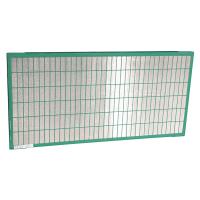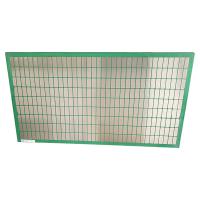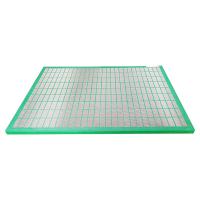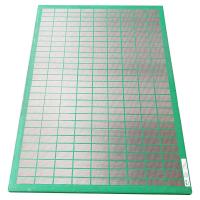In a complete and efficient solids control system for oil and gas drilling project, a decanter centrifuge is quite important. In some cases it is located as the 4th step of separation after the desander and desilter cones, and in some projects, it could become the 2nd step separation, when the contractors prefer decanter centrifuges to the hydrocyclones.

In practice, it is true that the decanter centrifuges could be more effective for treating the drilling fluids than the deander and desilter cones, especially when the space is limited, for example, in an offshore platform.
Decanter centrifuge could be electric driven or hydraulic driven, and an electrical driven decanter centrifuge could be a fixed speed one or a VFD controlled one.
1. Fixed speed decanter centrifuge. If the drilling mud condition is stable, for example, in a solids control system, a fixed speed centrifuge could be a good choice. Because for one thing, it has a smaller control panel with a compact footprint, which could be located on the centrifuge skid. For another, it is easy to operate at a constant speed. GNLW363C-GP Centrifuge is a fixed speed centrifuge model, but GN has equipped it with 3 optional speeds by changing pulley and belt.
2. VFD controlled decanter centrifuge. GNLW series VFD controlled decanter centrifuges are the most popular models. It is controlled by a positive pressurized VFD control panel with centrifuge bowl speed ranging from 0 to 3800RPM. It is suitable for different applications with flexible speeds and differential speeds for option.
3. Hydraulic driven decanter centrifuge. A hydraulic centrifuge could achieve even wider speed scope than a VFD controlled decanter centrifuge, and it can endure more extreme ambience like quite hot or cold surroundings.
Just recently, GN Solids Control offered another 2 sets of hydraulic centrifuge for an international drilling company. For more information, welcome to contact GN directly.





